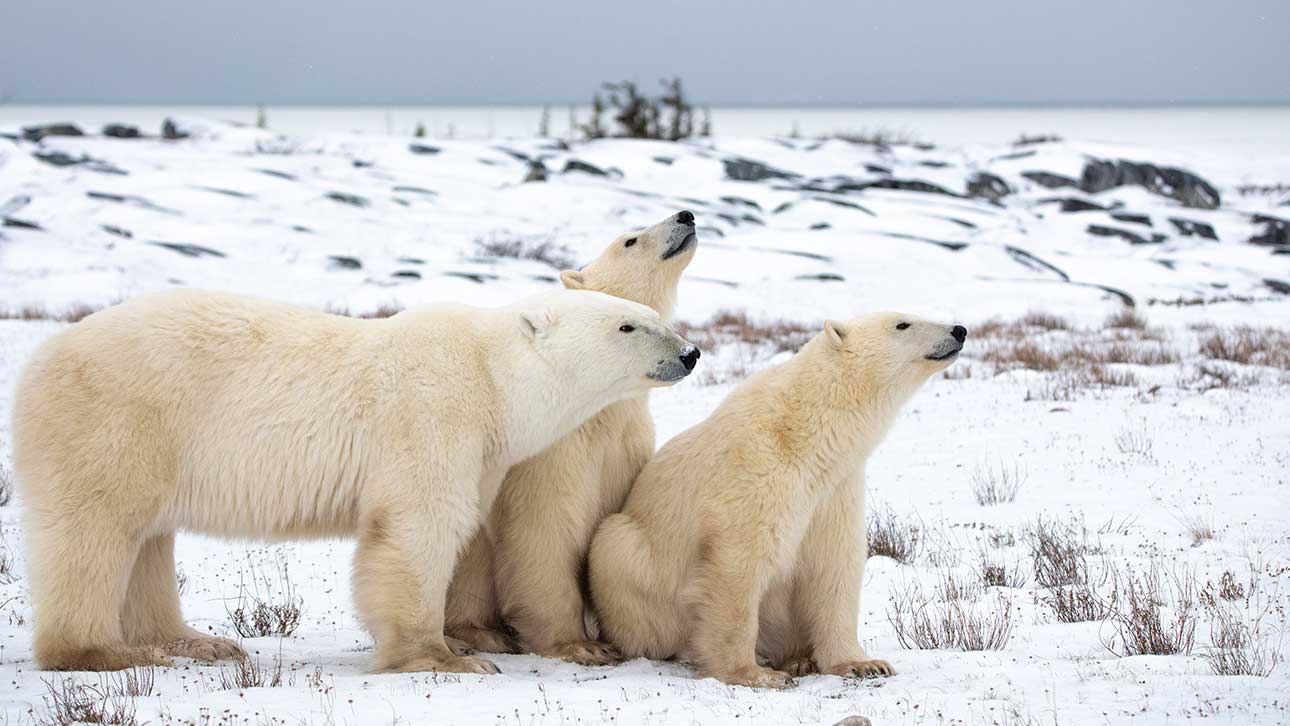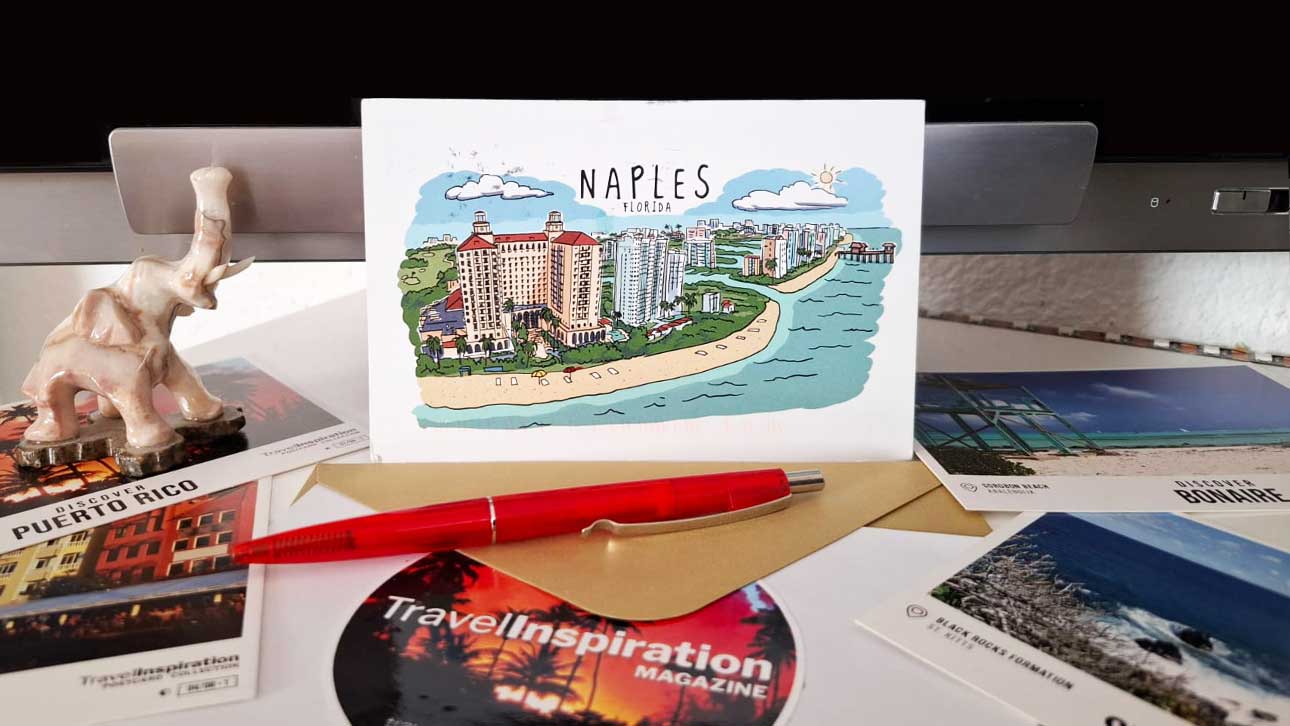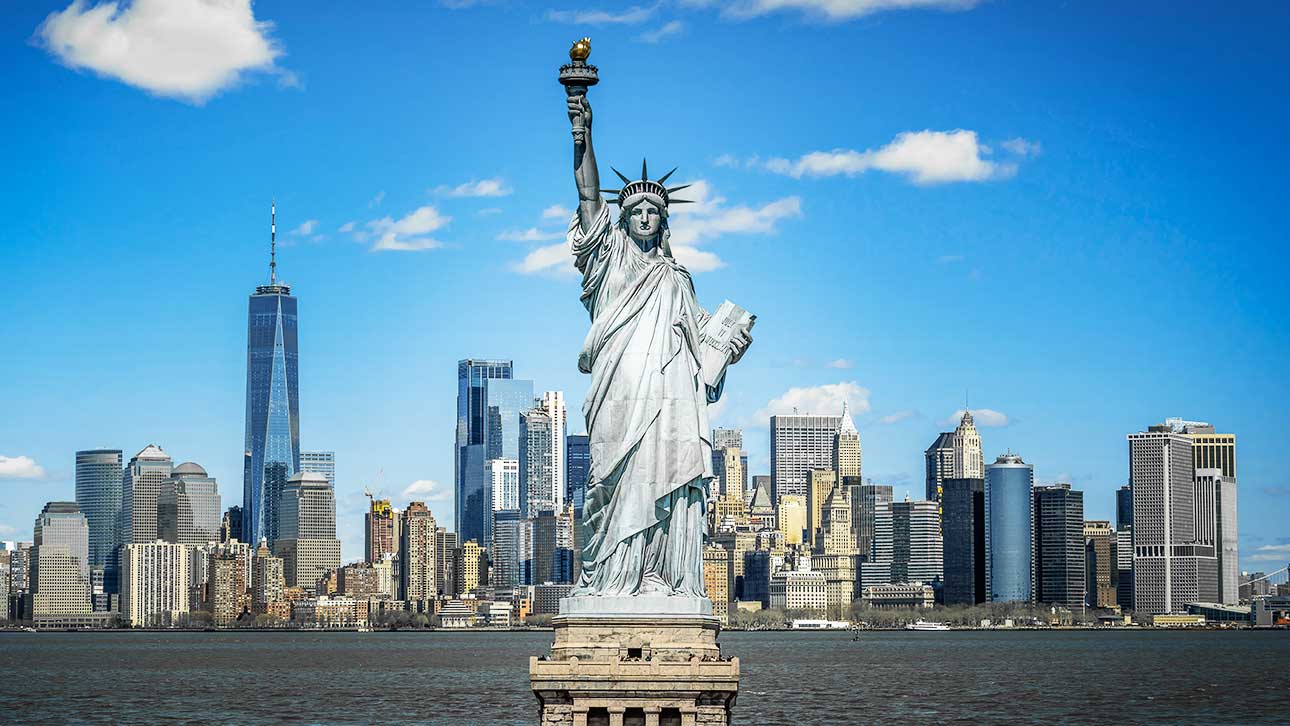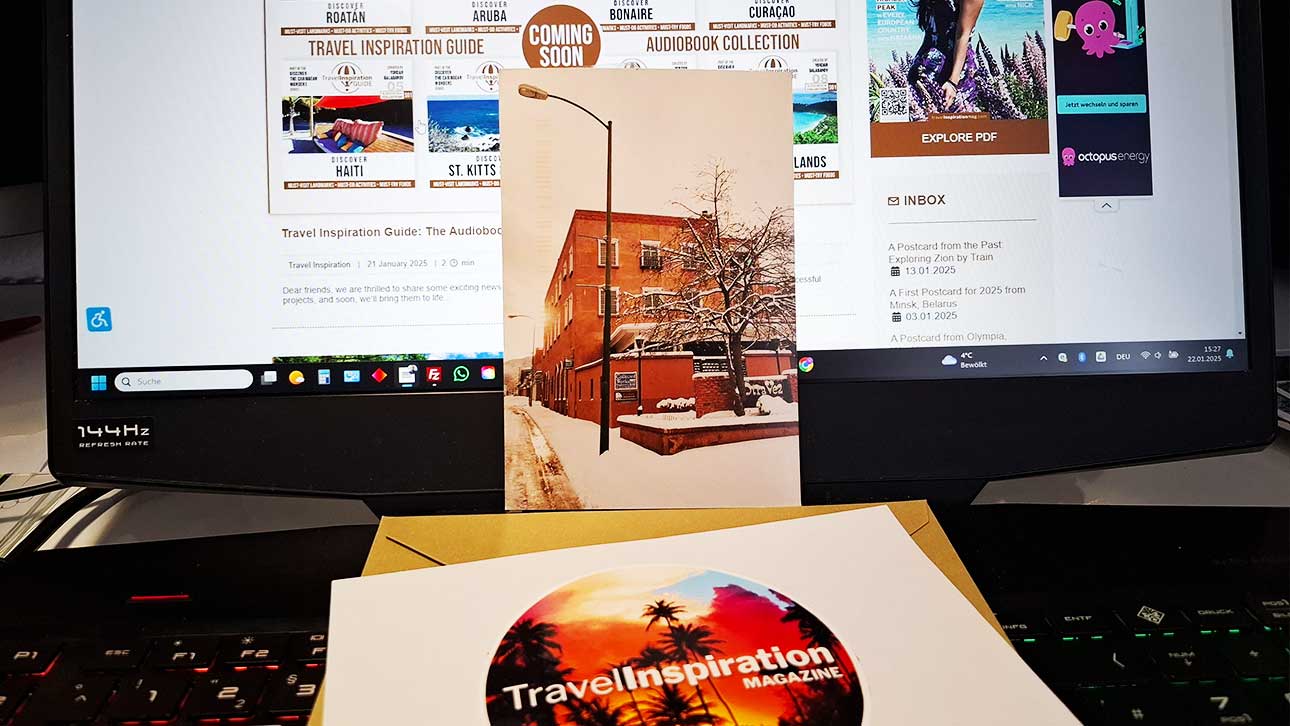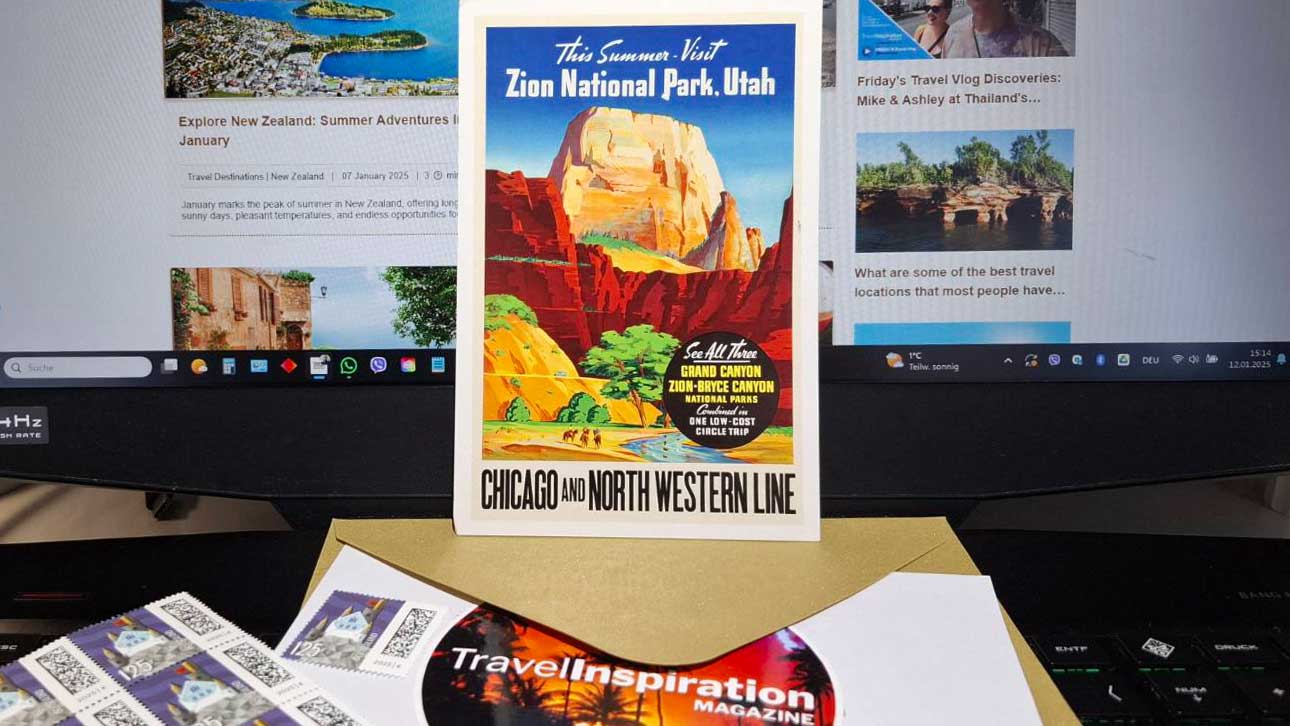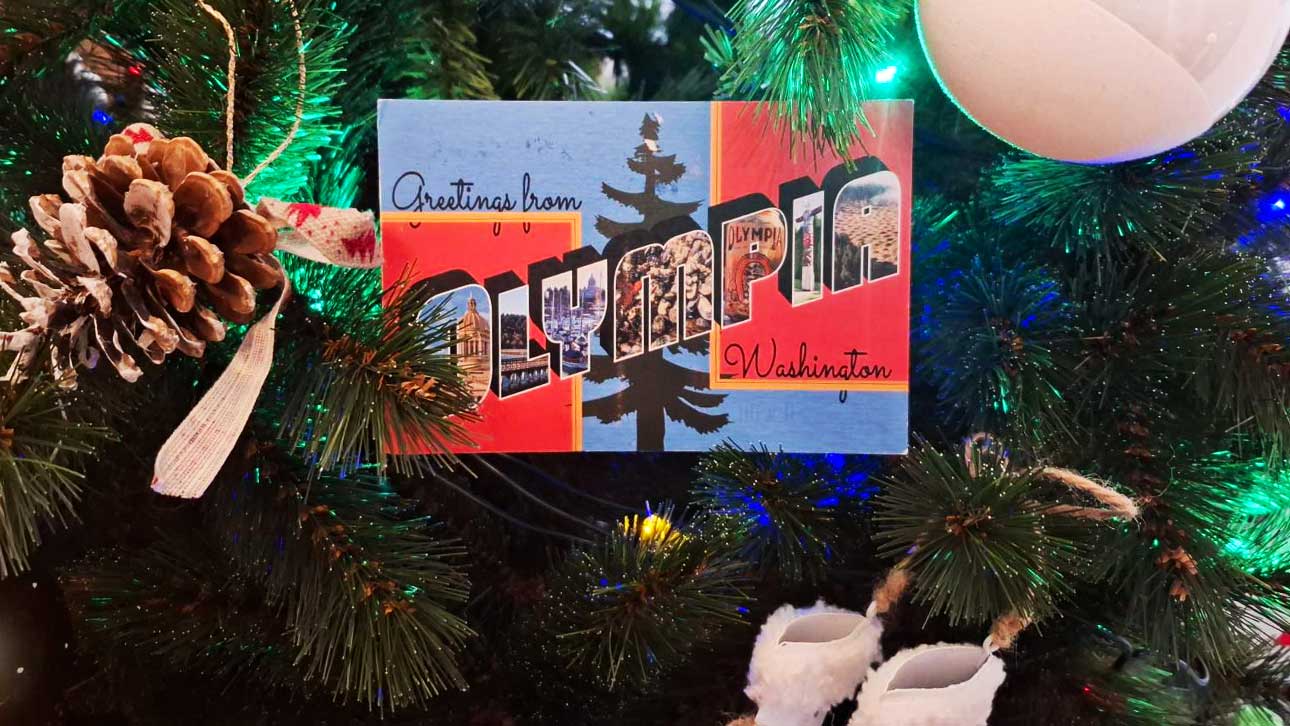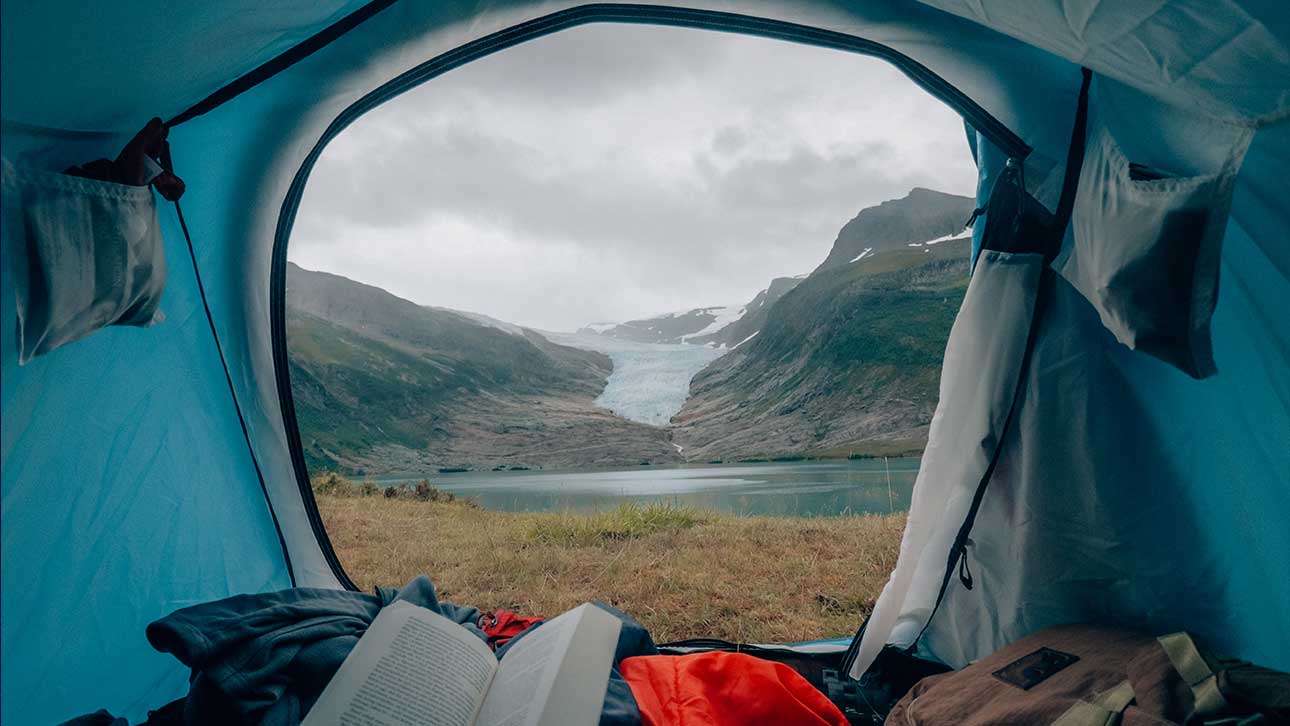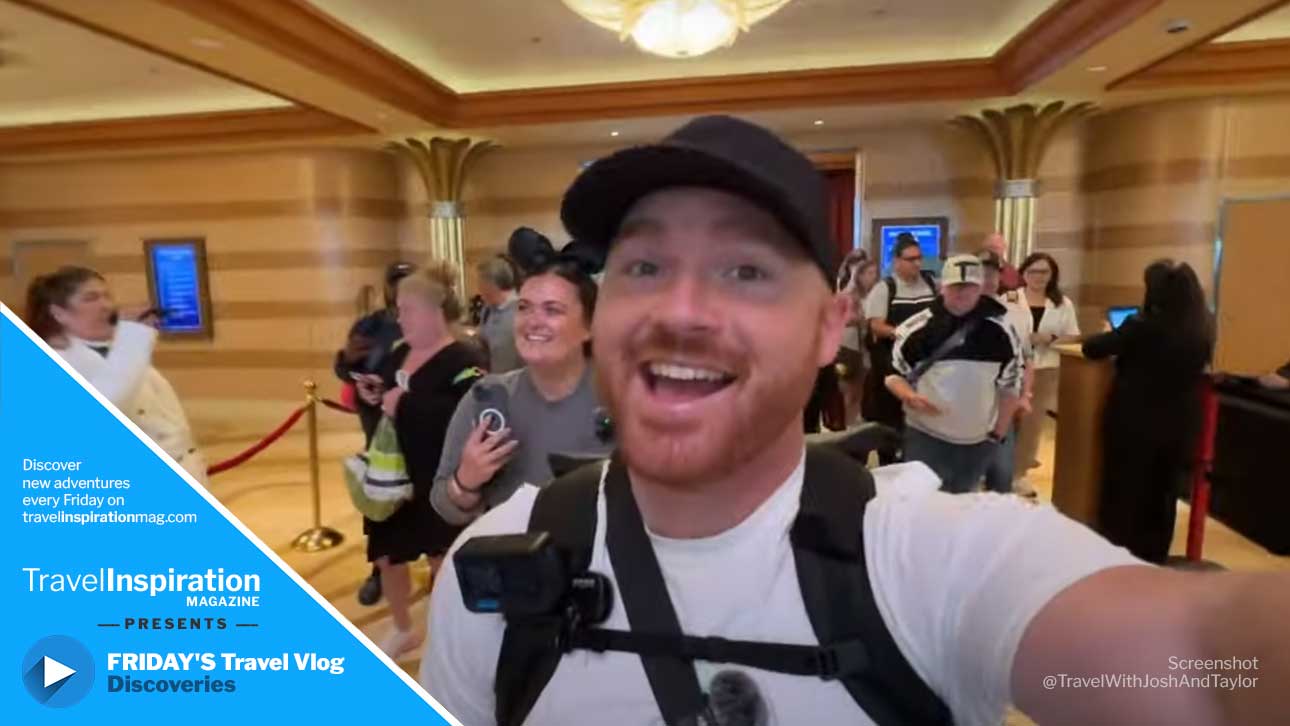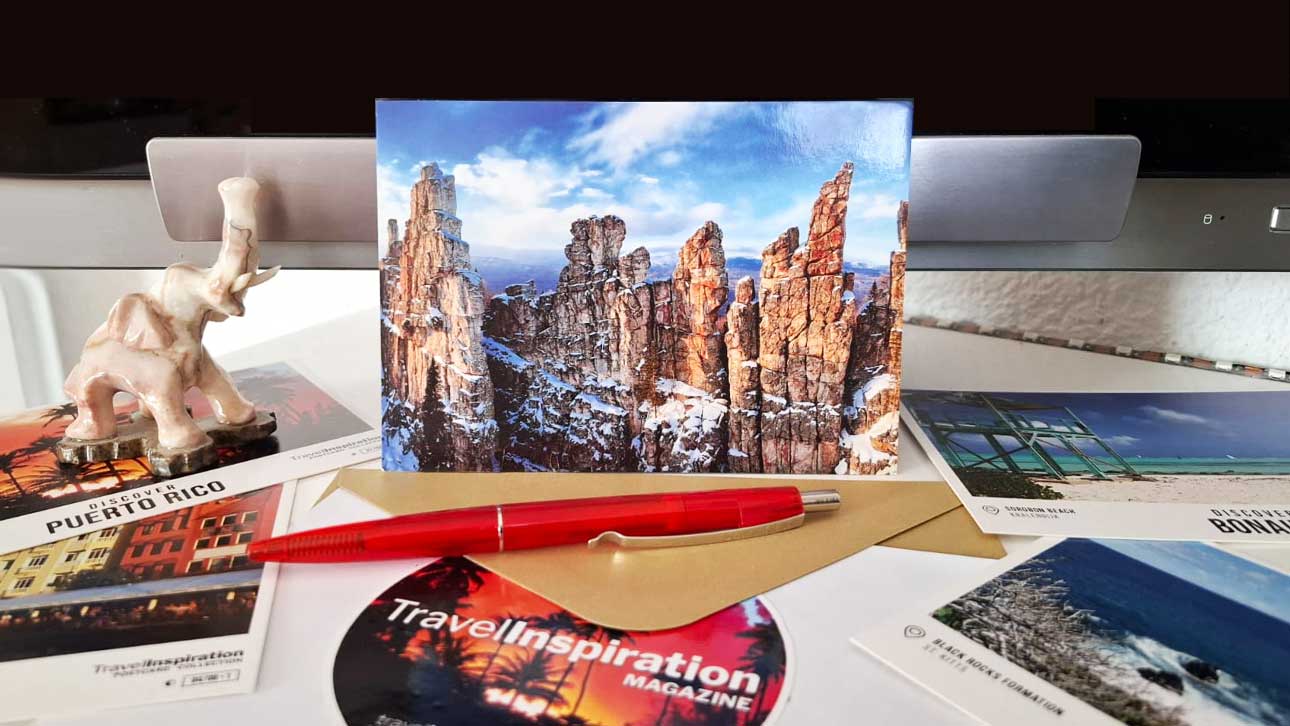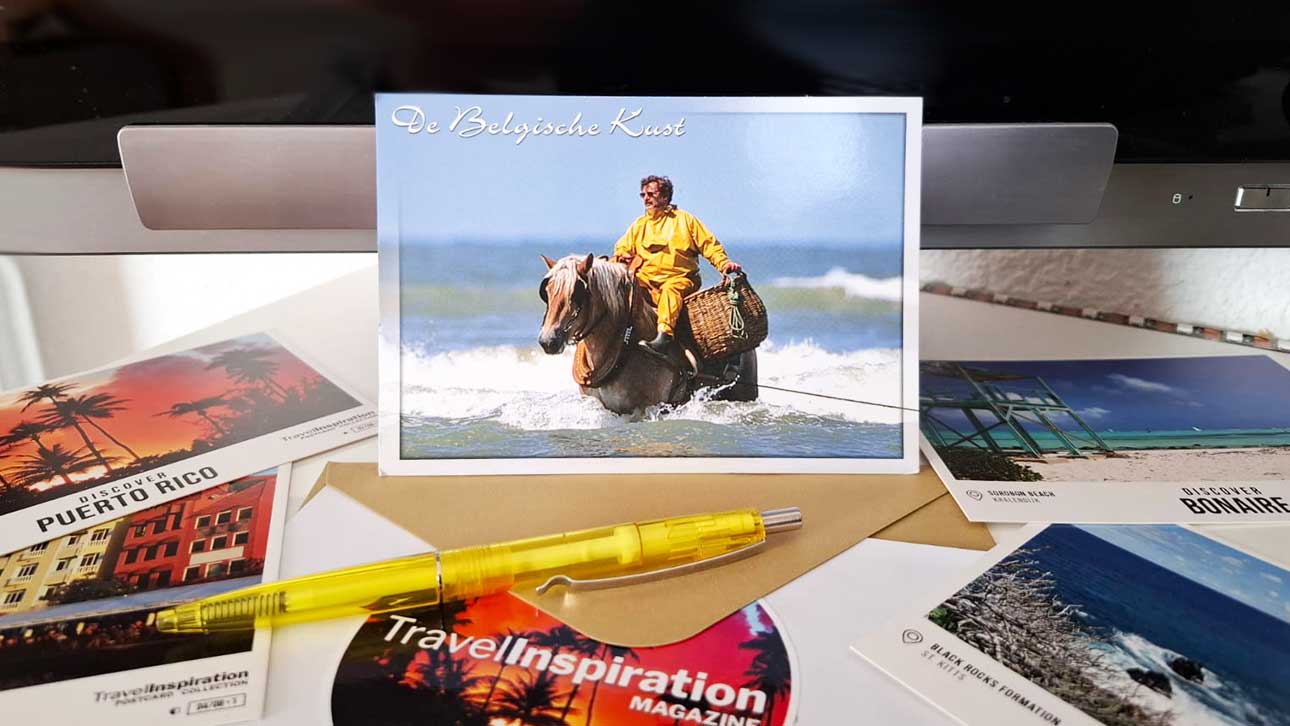
Winter isn’t just for cozying up indoors—it’s the perfect season to explore the natural world and witness some of nature’s most awe-inspiring creatures in their element. From polar bears roaming icy tundras to migratory birds filling the skies, winter wildlife adventures offer unforgettable experiences. Here are the best destinations to see animals in their natural habitats during the colder months.
Churchill, Canada: Polar Bear Capital of the World
Churchill, located on the edge of Hudson Bay in Manitoba, Canada, is one of the best places on Earth to see polar bears. Each winter, these majestic creatures gather here as they wait for the bay to freeze, signaling the start of hunting season. Visitors can safely observe polar bears up close from specially designed tundra buggies.
Best Time to Go: October to early December
Top Tip: Book a guided tour to learn about polar bear conservation efforts and the challenges posed by climate change.
Hokkaido, Japan: Cranes and Snow Monkeys
Hokkaido is a winter wonderland where wildlife thrives. Witness the mesmerizing courtship dance of red-crowned cranes, a symbol of longevity and good fortune in Japan. A trip to the Jigokudani Monkey Park, though on Honshu island, is another must-see: here, Japanese macaques, or snow monkeys, soak in hot springs surrounded by snowy landscapes.
Best Time to Go: December to February
Top Tip: Arrive early at the monkey park to capture stunning photos before crowds build.
Yellowstone National Park, USA: Wolves and Elk in the Snow
Winter transforms Yellowstone National Park into a tranquil haven for wildlife enthusiasts. Wolves roam the snowy landscapes, elk gather in herds, and bison create steam clouds as they graze in the frigid air. Wildlife tours often focus on the Lamar Valley, known as the park's "Serengeti of the North."
Best Time to Go: December to March
Top Tip: Dress in layers and bring binoculars for the best wildlife viewing experience.
Svalbard, Norway: Arctic Wildlife and the Northern Lights
Svalbard is a remote Arctic archipelago teeming with wildlife, even during the harsh winter months. Arctic foxes, reindeer, and seals can often be spotted amidst the icy terrain, while lucky visitors might glimpse a polar bear from a safe distance. Bonus: winter also brings the spectacle of the Northern Lights.
Best Time to Go: February to April
Top Tip: Join a guided snowmobile or dog sledding tour to access remote areas and increase your chances of wildlife sightings.
Maasai Mara, Kenya: Baby Animals and Migratory Birds
While typically associated with summer safaris, Maasai Mara is equally enchanting in winter. This season marks the arrival of migratory birds, creating a bird-watching paradise. Additionally, many animals give birth during this period, offering the chance to see baby elephants, lions, and zebras.
Best Time to Go: December to February
Top Tip: Stay at a lodge with knowledgeable guides for the best birding and wildlife encounters.
Antarctica: Penguins and Seals in the White Continent
Antarctica is a dream destination for wildlife enthusiasts, with its vast colonies of penguins, including emperor and Adélie species. Leopard seals and orcas patrol the icy waters, adding to the spectacle. Visiting during the Southern Hemisphere's summer means longer daylight hours to fully explore this frozen wilderness.
Best Time to Go: November to February
Top Tip: Book a small expedition cruise to get closer to the wildlife while minimizing environmental impact.
Finland: Reindeer and Arctic Foxes in the Lapland Wilderness
Lapland’s snowy landscapes are home to herds of reindeer, often seen roaming freely or pulling sleds in traditional Sami culture. Arctic foxes and other elusive creatures also inhabit the region. Combine your wildlife adventure with a stay in an igloo hotel and enjoy the magic of the aurora borealis.
Best Time to Go: December to March
Top Tip: Visit a reindeer farm run by Sami people to learn about their ancient traditions and connection to the land.
Tips for Ethical Wildlife Watching
- Respect Wildlife: Keep a safe distance and never attempt to touch or feed animals.
- Travel Responsibly: Choose eco-friendly tours and lodges that prioritize conservation.
- Prepare for the Cold: Dress warmly and bring gear like insulated boots and gloves to stay comfortable.
- Bring the Right Equipment: A good pair of binoculars or a camera with a telephoto lens will enhance your experience.
Conclusion
Winter wildlife adventures allow you to connect with nature in unique and inspiring ways. Whether you're watching polar bears in Canada, penguins in Antarctica, or wolves in Yellowstone, these experiences remind us of the beauty and resilience of the animal kingdom. Embrace the cold and embark on a journey to witness the wonders of winter wildlife!
Did you enjoy this article?
If you love discovering inspiring stories and unique places, download our free app "Travel Inspiration Magazine" from Google Play! No annoying ads. No distractions. Just pure reading pleasure.
📲 Install from Google Play![Български [BG] Български [BG]](/media/mod_languages/images/bg_bg.gif)
![English [EN] English [EN]](/media/mod_languages/images/en_gb.gif)

